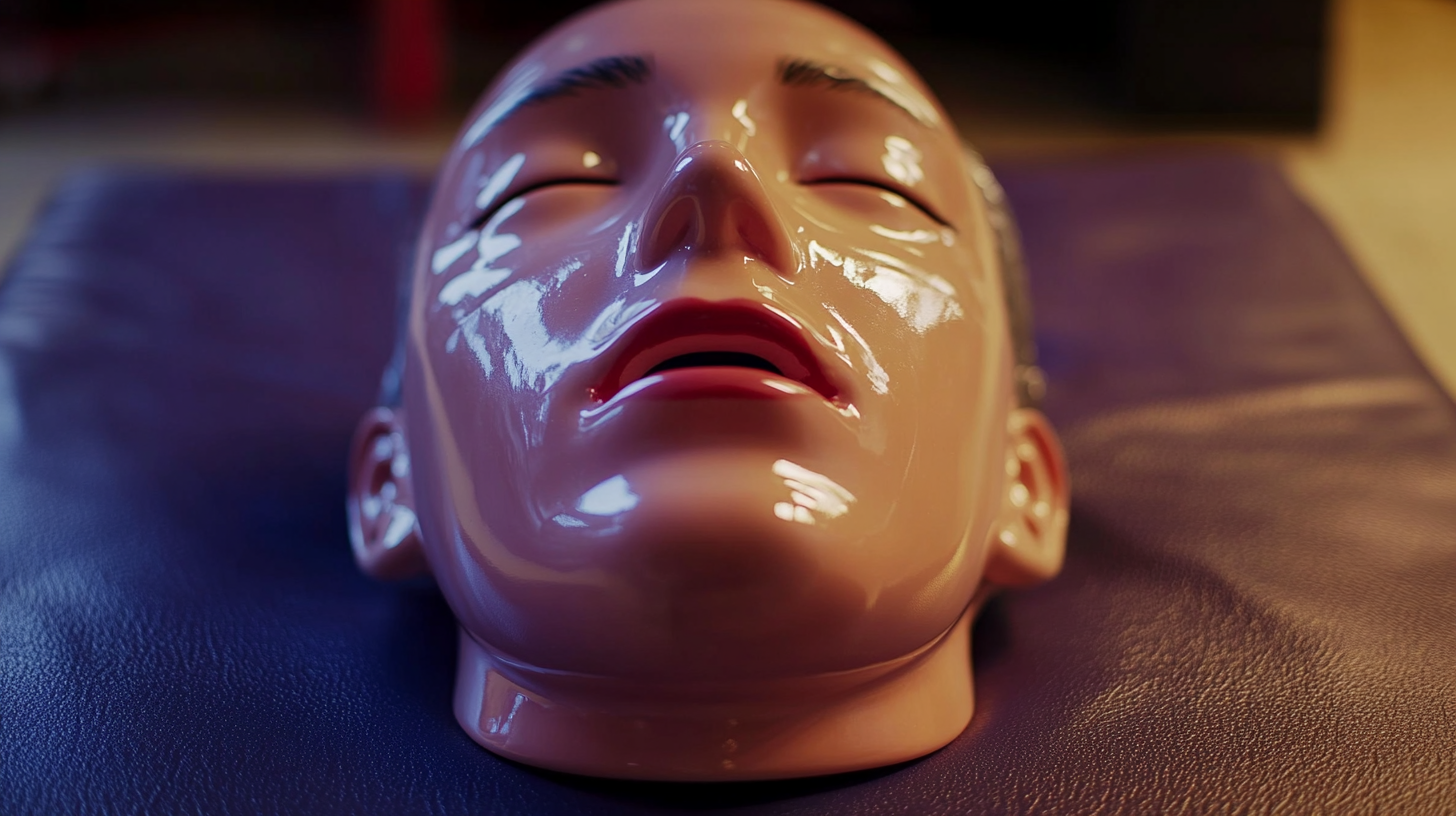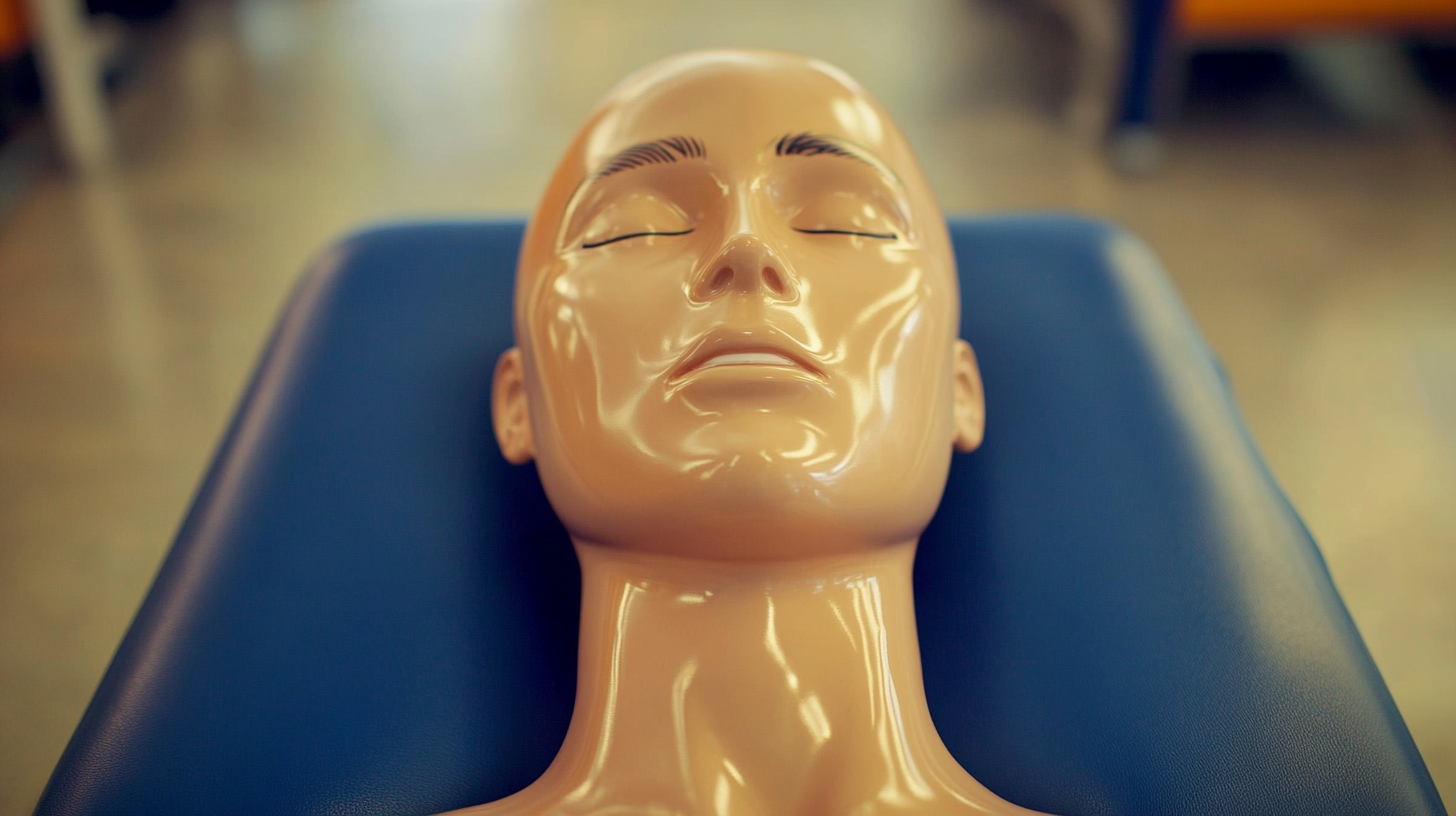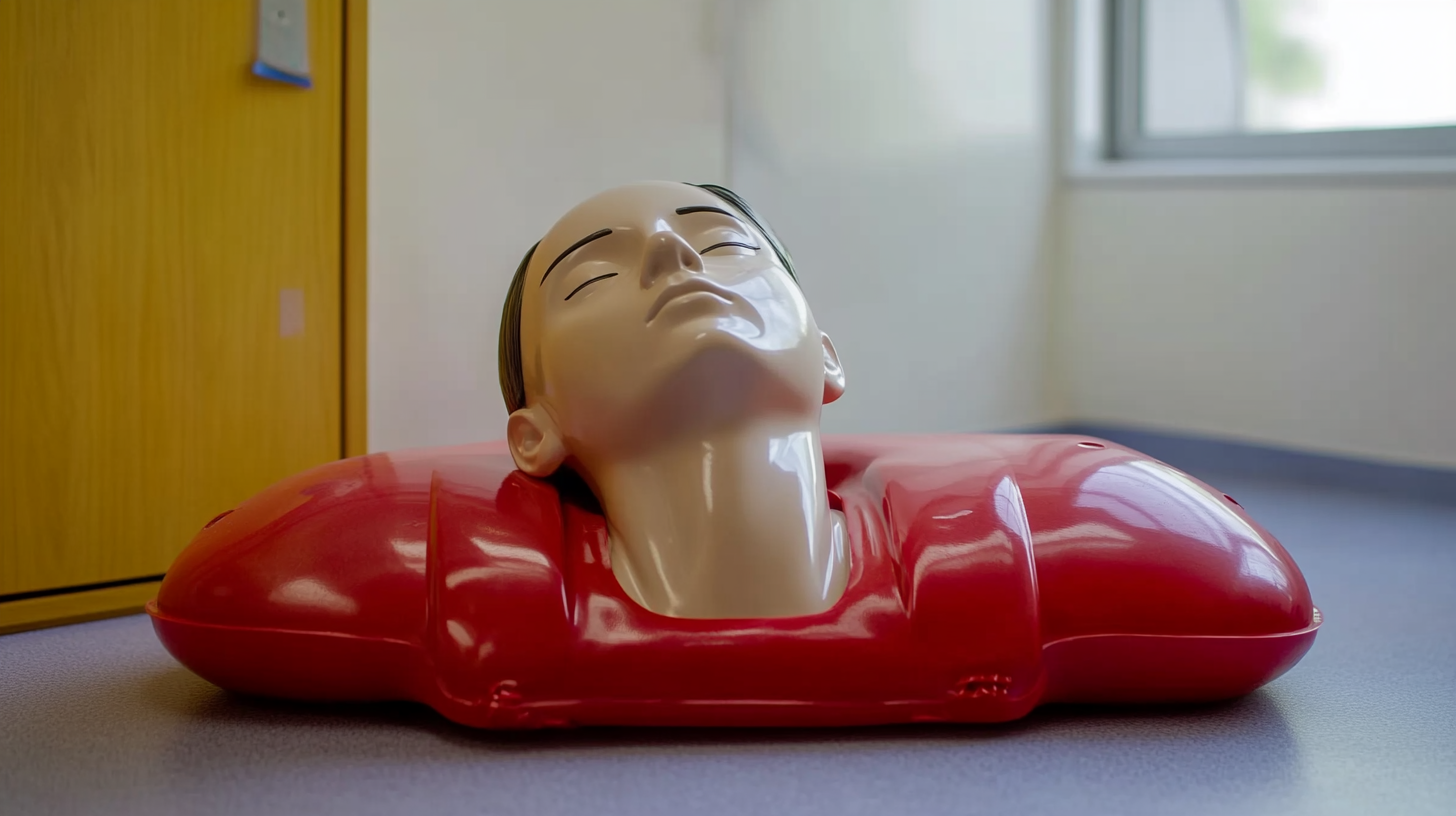In the realm of emergency response training, mastering CPR skills is vital, and the use of a high-quality CPR mannequin is central to effective learning. According to a report by the American Heart Association, nearly 350,000 out-of-hospital cardiac arrests occur each year in the U.S., underscoring the importance of proper training in cardiopulmonary resuscitation. Utilizing advanced CPR mannequins not only enhances the realism of training but also significantly boosts retention of life-saving techniques among trainees. Furthermore, investing in quality mannequins can lead to reduced long-term maintenance costs, with reports indicating that durable models can last years without needing significant repairs. By prioritizing superior CPR mannequins and understanding their after-sales service advantages, training programs can ensure that first responders are well-equipped to handle emergencies effectively.

When selecting the right CPR mannequin, several key features must be considered to ensure effective training. The American Heart Association emphasizes the importance of realistic training tools; therefore, a mannequin that accurately simulates human anatomy is crucial. Look for features such as airway management capability, realistic chest compression depth and resistance, and the ability to provide feedback on compression rate and depth, which are essential for honing CPR skills. Mannequins that incorporate technology for real-time performance feedback have been shown to significantly enhance learner outcomes. A study published in the Journal of Emergency Medical Services reported that students using feedback-enabled mannequins improved their CPR performance by up to 30%.
Another critical aspect to consider is the durability and ease of maintenance of the mannequin. Professional training often leads to wear and tear, so choosing a model made from high-quality materials is vital. Additionally, mannequins with replaceable parts can save costs over time. Research from the National Institutes of Health noted that, on average, CPR training programs using high-fidelity mannequins resulted in a 20% increase in retention of CPR skills after three months. Therefore, investing in a mannequin that combines durability, realism, and feedback technology not only aligns with training best practices but also helps ensure that trainees are adequately prepared to perform CPR in real-life emergencies.
Mastering CPR Skills: A Step-by-Step Guide to Using the Best CPR Mannequin

Essential CPR Techniques: A Step-by-Step Breakdown for Beginners
Learning CPR is an invaluable skill that can save lives in emergencies. If you're a beginner, focusing on the essential techniques is crucial, and using a high-quality CPR mannequin can enhance your training experience. Start by understanding the basics: checking the scene for safety, assessing the victim’s responsiveness, and calling for help if needed. Once you're ready to perform compressions, remember that the correct hand placement and depth are vital for effective resuscitation.
Tip: Practice the 30:2 compression-to-breath ratio as you work on your rhythm. This breaks down the steps into manageable sections and allows you to focus on delivering effective chest compressions. Additionally, familiarize yourself with the importance of using a barrier device when giving rescue breaths to minimize health risks.
As you progress, gradually increase the complexity of your practice sessions. Introduce scenarios where you have to respond to different types of cardiac arrest situations. This will help build your confidence and readiness for real-life emergencies. Make use of technology, such as CPR apps, to track your progress and refine your techniques regularly.
When it comes to mastering CPR skills, effective practice is essential. Utilizing quality CPR mannequins can significantly enhance learning outcomes. According to the American Heart Association, hands-on practice is a key component in achieving proficiency in CPR, which increases the likelihood of saving a life in an emergency situation. Engaging with high-fidelity mannequins that provide real-time feedback on compressions can help learners understand the nuances of depth and rate. Studies indicate that learners using advanced mannequins perform 30% better in real-life scenarios compared to those practicing with less sophisticated models.

To maximize your practice sessions, consider focusing on specific skill areas each time you train with a CPR mannequin. For instance, incorporate scenarios that involve different age groups, as the techniques for infants, children, and adults vary significantly. A study published in the Journal of Emergency Medical Services found that tailored practice not only boosts retention but also builds confidence among practitioners. Setting specific goals, such as achieving a certain compression depth or minimizing interruptions, can lead to more productive training sessions. Ensuring that your practice is varied and targeted will prepare you better for real-world applications of your CPR skills.
When it comes to mastering CPR skills, the quality of the CPR mannequin you choose can significantly influence your training experience. The best mannequins are designed to accurately replicate human anatomy, allowing trainees to practice techniques with a realistic feel. Key features to evaluate include the mannequin's airway management capabilities, its realistic compression resistance, and the feedback mechanisms it offers. These elements ensure that learners can develop muscle memory and understand the nuances of effective CPR.
Another critical aspect that sets the best mannequins apart is their adaptability for different training scenarios. High-quality mannequins often come with interchangeable parts, such as varying head sizes or weight distributions, to simulate different situations. They may also provide real-time feedback on compression depth and rate, which is essential for correcting technique. Additionally, investment in durable materials means that these mannequins can withstand repeated use, ensuring that training remains effective over time. Choosing a quality CPR mannequin not only aids in skill mastery but also enhances confidence when responding to real-life emergencies.
| Feature | Description | Importance |
|---|---|---|
| Realistic Feedback | Mannequins that provide real-time feedback on compressions and breaths. | High |
| Durability | Constructed with materials that withstand repeated use during training. | Medium |
| Portability | Easy to transport and set up for training in various locations. | High |
| Ease of Cleaning | Materials designed for quick sanitation between training sessions. | High |
| Cost-effectiveness | Balance between quality features and price for budget-conscious buyers. | Medium |
| Simulation Features | Incorporation of advanced simulation technology for realistic scenarios. | High |
When practicing CPR with mannequins, avoiding common mistakes can significantly enhance your skill development. One prevalent error is failing to check the mannequin’s responsiveness before starting compressions. Just like in a real emergency, assessing the situation first can guide your actions and increase the effectiveness of your training. Always remember to ensure that the mannequin is at a flat surface and has sufficient space around it for optimal compressions.
Another frequent mistake is neglecting proper hand placement and compression depth. Many practitioners instinctively place their hands incorrectly, which can lead to ineffective compressions. It’s vital to position your hands in the center of the chest to allow for the most effective depth and force. Aim for a compression depth of about two inches, and ensure the rate is between 100-120 compressions per minute. Regularly practicing these techniques with feedback can help reinforce the correct methods, ensuring you’re well-prepared in a real-life situation.
